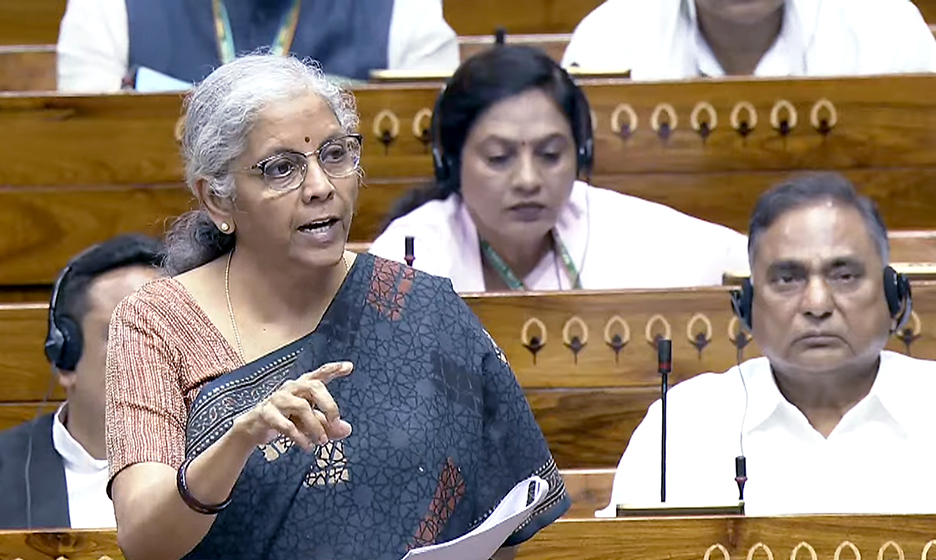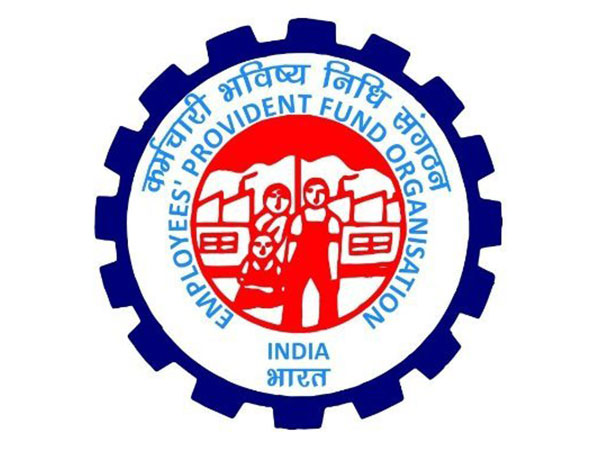The Economic Survey 2023-24, released by the finance ministry on Monday, reveals that India’s workforce of nearly 56.5 crores is distributed across several sectors: over 45% in agriculture, 11.4% in manufacturing, 28.9% in services, and 13% in construction.
Rising female labour force participation
The survey highlighted a significant rise in female labour force participation over the past six years. The participation rate increased from 23.3 percent in 2017-18 to 37 percent in 2022-23, driven primarily by the growing participation of rural women. Additionally, the unemployment rate has been declining, dropping to 3.2 percent in 2022-23.
Sectoral shifts and job creation
Amid the government’s push for the infrastructure sector, the survey underscored that while the services sector remains a major job creator, the construction sector has gained prominence recently. To meet employment demands amid a growing population, the Indian economy needs to generate nearly 78.51 lakh jobs annually in the non-farm sector. The net payroll additions under the Employees’ Provident Fund Organisation (EPFO) have more than doubled in the past five years, indicating healthy growth in formal employment.
Impact of AI on employment
The survey emphasized the importance of balancing technology deployment with labour as artificial intelligence becomes more prevalent in various economic activities. It suggests that agro-processing and the care economy are promising sectors for generating and sustaining quality employment.
Skill development and regulatory challenges
The survey highlighted the increase in candidates undergoing skill development through the government’s flagship programs, reflecting the emphasis on ‘Skill India.’ However, it also pointed out regulatory obstacles such as land use restrictions, building codes, and limits on sectors and hours for women’s employment, which hinder job creation. Removing these barriers is essential to boost employment and improve the female labor force participation rate.
Key focus areas
Key policy focuses in the short to medium term include job and skill creation, tapping the full potential of the agriculture sector, addressing MSME bottlenecks, managing India’s green transition, dealing with the Chinese conundrum, deepening the corporate bond market, tackling inequality, and improving the quality of health for the young population.
The survey indicated that the Indian economy can maintain a growth rate of over seven percent in the medium term if the structural reforms implemented over the past decade continue. Achieving this sustained growth will require close collaboration between the union government, state governments, and the private sector.




















